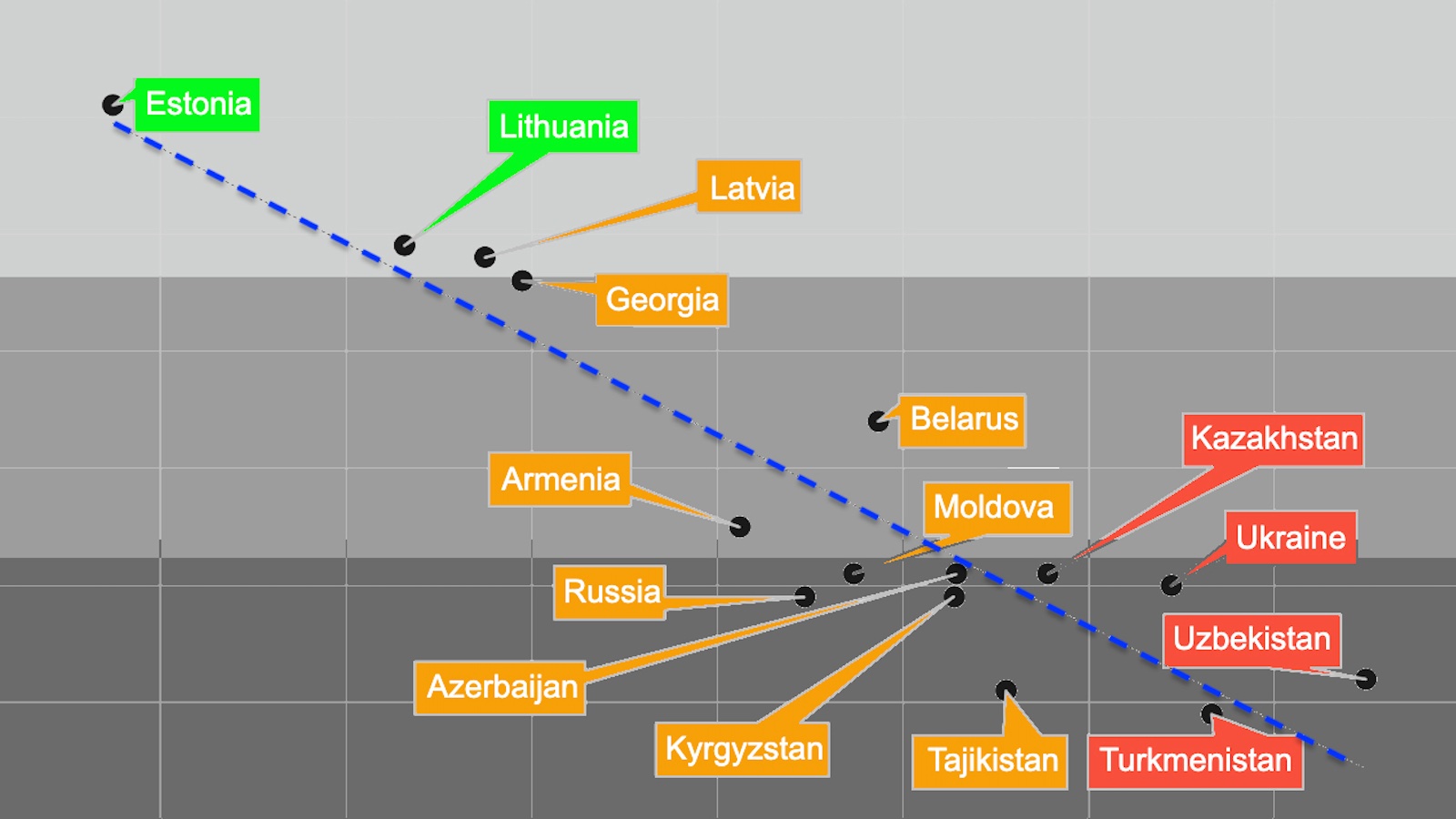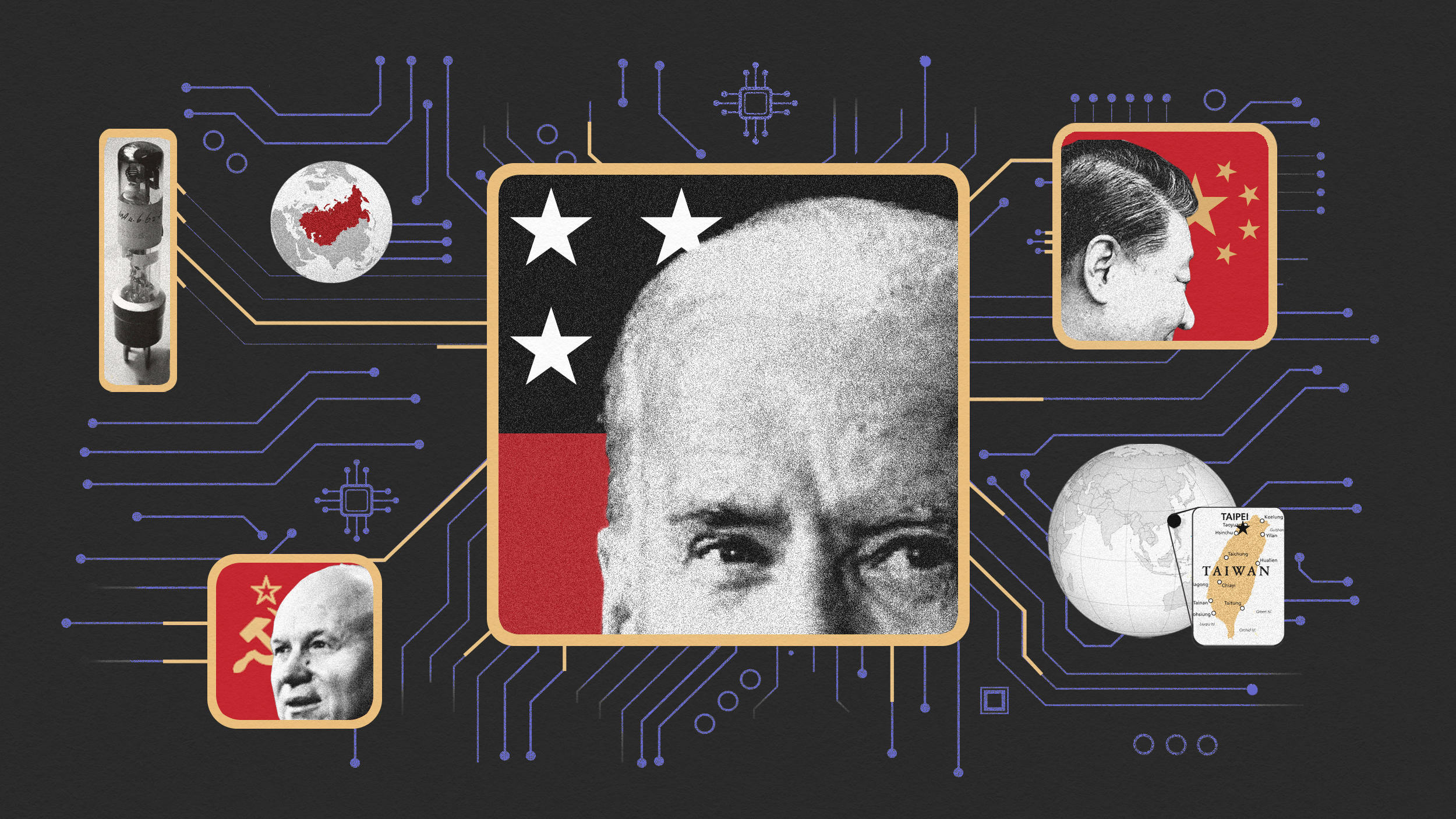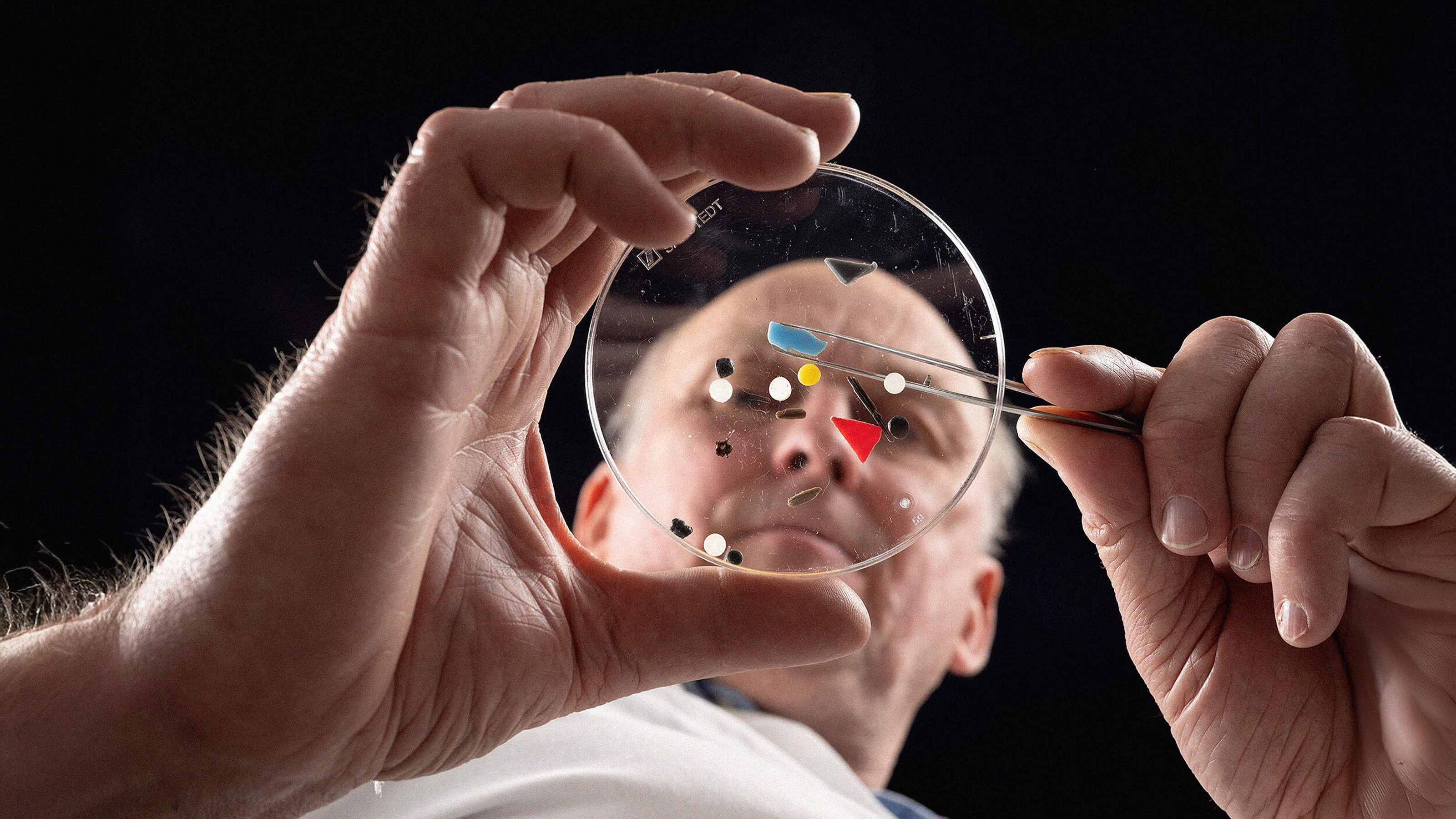Obama could face a very tough dilemma on intervention policy.
Question: Does either party have a firm stance on intervention?
James Goldgeier: No, and we're really-- it's going to be a problem because-- for example, in the 1990s, you had this very unusual world in which the United States didn't have any-- seemingly didn't have any major enemies and was able to use force for humanitarian purposes, for example in Kosovo. And, you know, bombing from, you know, 15,000 feet, not suffering any casualties, you know, a president could make the case that, "Well we can do this and we should do this. We have the power to do this." And because there weren't American casualties, the American public didn't have to confront the issue of well, what would they really support in terms of the use of force if, you know, American lives might be lost. We have now seen, of course, with the war in Iraq and well as with the war in Afghanistan, American lives being lost. And so you have questions about when and where should America use force. And, you know, you have this question again in the '90s this notion of a responsibility to protect, that the international community should help vulnerable populations from repressive regimes. And this issue will be most interesting if Obama wins because his party will be looking to him to get the United States out of Iraq. They're not going to be looking to him to use force somewhere else. All presidents have to face the question about when and where to use force. You've got an ongoing humanitarian emergency genocide in Darfur. He has advisors who called for greater American involvement in Darfur, but how will he really be able to do that if his primary goal is figuring out a way to get out of Iraq and to make sure the Afghanistan war, you know, goes in a more successful direction. So he-- Obama would really be confronted with this question and it's not clear how he'll be able to, you know, figure out the answer.
Question: What are the best channels for intervention?
James Goldgeier: Well, you know, we are going to have to try to work as best we can within the United Nations. That's still, you know, and organization that for all its flaws, the United States has to support and, you know, try to help function as best it can. We have NATO, North Atlantic Treaty Organization, that we used in Kosovo because the United States was not going to be able to get UN Security Council authorization. And it was seen as, well, you know, these are a group of democracies that, you know, believe that they need to act and because the United States was acting with others, it was seen as more legitimate than if the United States was doing it alone. And one of the things that NATO is trying to do-- or should be trying to do-- there aren't-- there have been calls for this but there aren't enough people who really want to do this. NATO needs to have stronger relations with other democracies in other parts of the world such as Japan and Australia and South Korea that can work with NATO when NATO goes to places outside of Europe, because if it's acting outside of Europe, why should it just have a membership that's just made up of the United States, Canada and its European partners? So, NATO should be looking to broaden its interests. You also have growing interest in, McCain has talked about this publicly, some of Obama's advisors have talked about this but they-- not in the context of the campaign, this thing they call-- that the McCain people call, "league of democracies," other people call "concert of democracies." You know, we don't really know what that would be yet and certainly, other democracies would have to be interested. But the idea is that democracies sharing a certain set of values should find some way to join together to deal with common problems.
Date Recorded: 07/08/2008





